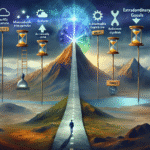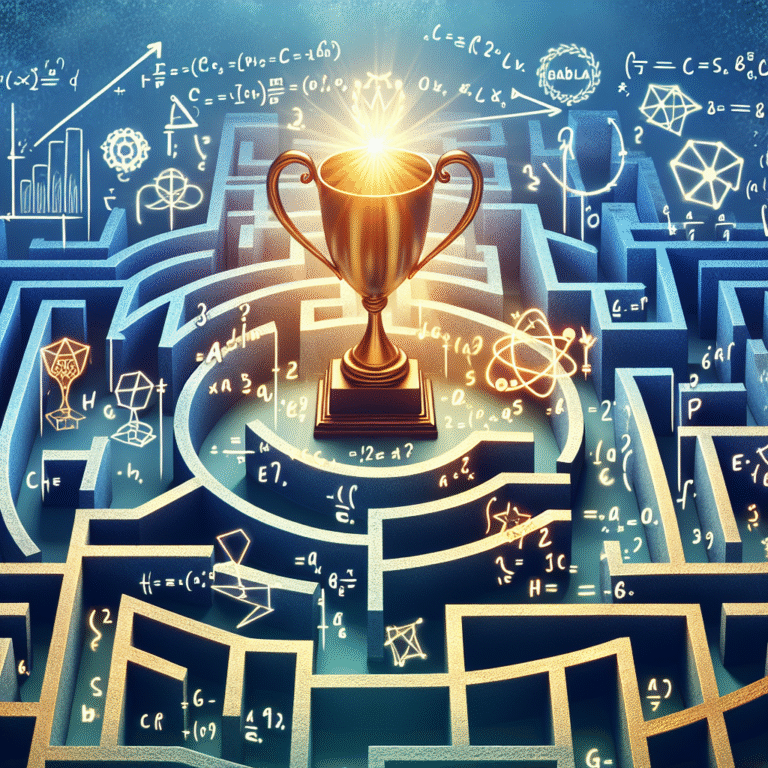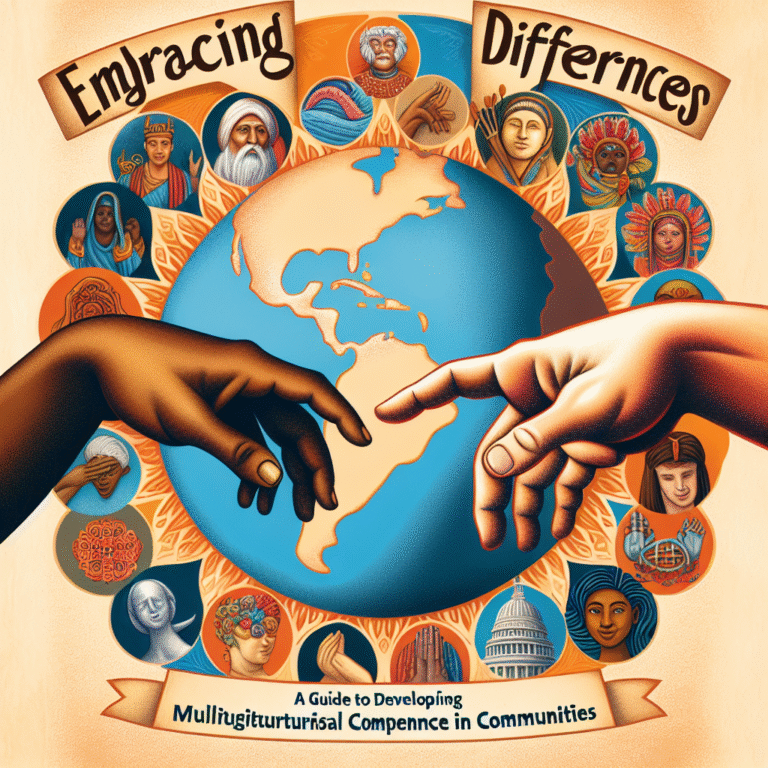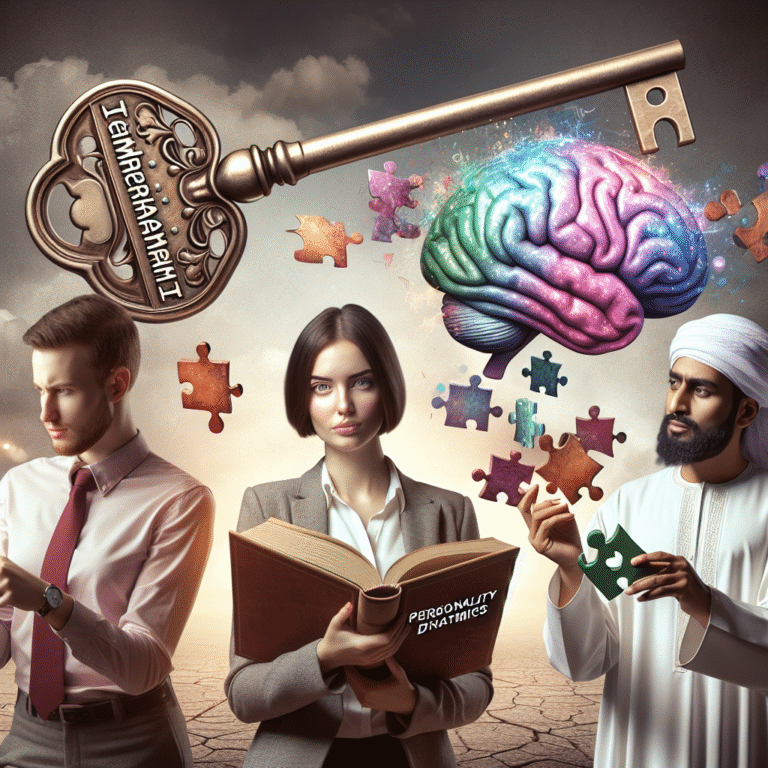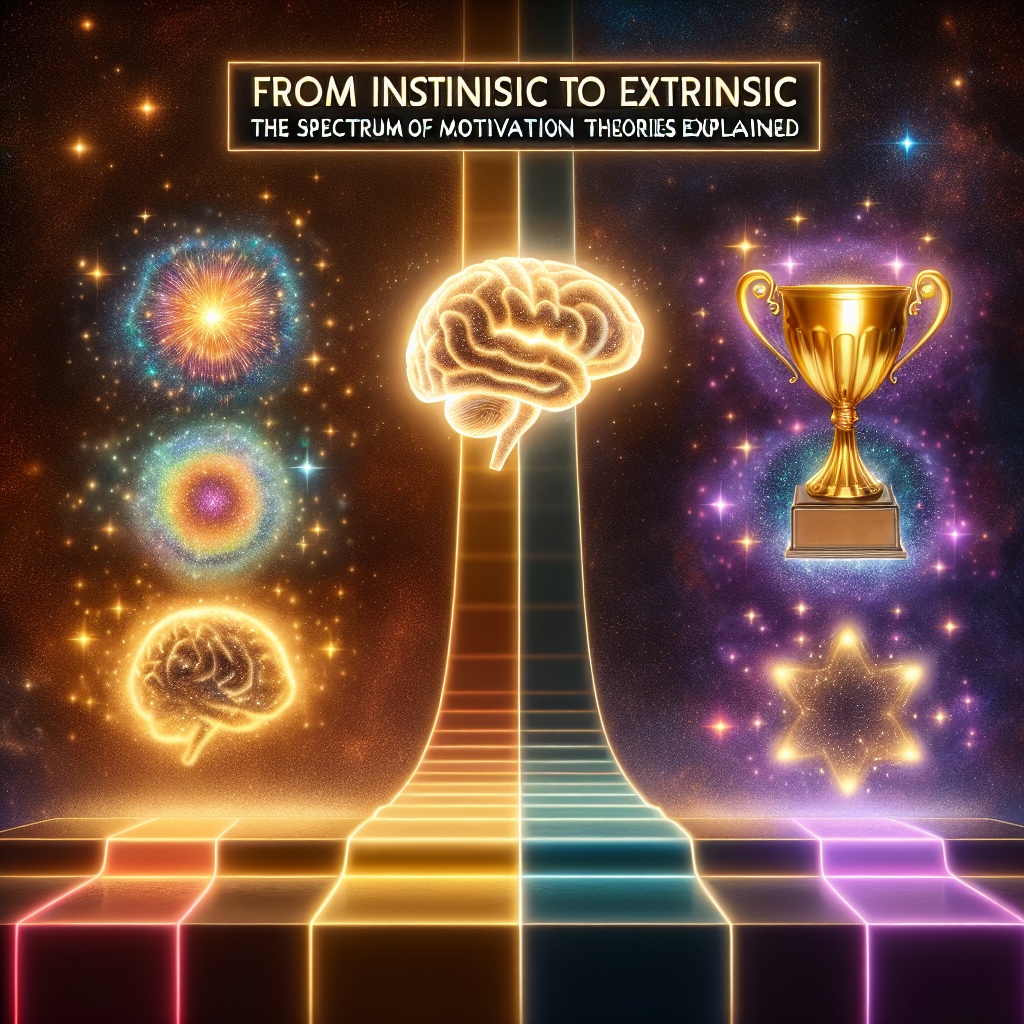
Introduction
Motivation is the driving force behind human behavior, influencing everything from personal achievements to workplace productivity. Understanding the nuances of motivation can be the key to unlocking potential in educational settings, professional environments, and personal lives. In this article, we will delve deeply into motivation theories, covering everything "From Intrinsic to Extrinsic: The Spectrum of Motivation Theories Explained." By distinguishing between intrinsic and extrinsic motivation, as well as exploring various related theories, this exploration aims to provide a comprehensive perspective on what motivates us and how we can leverage these insights for effective goal-setting and achievement.
Understanding Motivation: Intrinsic vs. Extrinsic
Before we dive into specific theories, it’s crucial to clarify the basic concepts of intrinsic and extrinsic motivation.
Intrinsic Motivation refers to engagement in activities for their own sake—driven by inherent satisfaction, curiosity, or personal fulfillment. For instance, a musician may play an instrument purely for the joy it brings. Such internal drivers often result in higher levels of creativity, persistence, and engagement.
Extrinsic Motivation, on the other hand, involves engaging in activities for external rewards or to avoid negative outcomes. A person might study hard to earn high grades or work overtime to secure a promotion. While extrinsic motivators can be effective, they often risk undermining intrinsic motivation if used excessively.
Table 1: Intrinsic vs. Extrinsic Motivation
| Motivation Type | Definition | Examples | Potential Effects |
|---|---|---|---|
| Intrinsic | Engagement for internal satisfaction | Playing an instrument, learning new skills | Enhanced creativity, deeper engagement |
| Extrinsic | Engagement for external rewards or recognition | Earning grades, receiving bonuses | Short-term focus, potential burnout |
Theories of Motivation
1. Maslow’s Hierarchy of Needs
Abraham Maslow proposed a hierarchy categorizing human needs into five levels, arranged in a pyramid. This theory highlights that basic needs must be fulfilled before higher-level psychological needs can be addressed.
Case Study: Google’s Work Environment
Google is renowned for fostering intrinsic motivation by providing for employees’ basic (physiological) and psychological needs. Its innovative workspace—complete with gyms, free meals, and recreational areas—ensures that basic needs are met, allowing employees to engage creatively and innovatively.
Analysis
Google’s approach illustrates how organizations can create environments that nurture intrinsic motivation by satisfying basic needs. When employees feel secure and valued, they are more likely to innovate and contribute meaningfully.
2. Self-Determination Theory (SDT)
Developed by Edward Deci and Richard Ryan, Self-Determination Theory emphasizes three essential psychological needs: autonomy, competence, and relatedness. SDT posits that when these needs are satisfied, motivation is more likely to be intrinsic.
Case Study: Atlassian’s "ShipIt" Days
Atlassian promotes a culture of autonomy through "ShipIt" days, where employees work on projects of their choice. This format not only gives employees independence but also fosters a sense of competence through creative expression.
Analysis
Atlassian’s initiative underscores the importance of autonomy in motivating employees. By giving them freedom, the company can harness intrinsic motivation and foster an innovative culture.
3. Expectancy Theory
Victor Vroom’s Expectancy Theory suggests that individuals are motivated to act based on the expected outcomes of their actions. The theory is built on three main components: Expectancy, Instrumentality, and Valence.
Example: Sales Performance Incentives
A company that offers performance bonuses based on sales targets exemplifies Expectancy Theory. Employees believe that if they put in the effort (Expectancy), they will achieve their targets (Instrumentality), leading to rewards (Valence).
Analysis
While this approach efficiently employs extrinsic motivation, it can potentially diminish intrinsic motivation if not balanced with opportunities for creative input and personal satisfaction.
4. Herzberg’s Two-Factor Theory
Frederick Herzberg distinguishes between hygiene factors (extrinsic) and motivators (intrinsic). Hygiene factors, like salary and job security, can lead to employee dissatisfaction if absent but do not necessarily increase satisfaction. In contrast, motivators, such as recognition and opportunities for growth, enhance satisfaction when present.
Case Study: Microsoft’s Performance Management
Microsoft emphasizes both hygiene factors and motivators in its performance management system. By ensuring competitive salaries while also providing avenues for skill development and recognition, the tech giant keeps its workforce engaged and satisfied.
Analysis
This balance illustrates the practical application of Herzberg’s theory, emphasizing that while extrinsic elements are essential, intrinsic motivators can significantly boost overall job satisfaction.
The Spectrum of Motivation: Balancing Intrinsic and Extrinsic Factors
Understanding the spectrum of motivation theories necessitates recognizing that intrinsic and extrinsic factors are not mutually exclusive; rather, they coexist and interact.
1. The Complementary Nature of Motivation
A well-rounded approach acknowledges that extrinsic rewards can sometimes boost intrinsic motivation. For instance, a bonus can provide initial motivation to complete a project, but the true engagement occurs when employees find personal significance in their work.
2. The Risks of Over-Reliance on Extrinsic Motivation
Excessive reliance on extrinsic motivators can lead to decreased intrinsic motivation—a phenomenon known as the "overjustification effect." When individuals attribute their actions solely to external rewards, their internal drives may diminish.
Psychological Implications of Motivation: A Deeper Dive
The psychological implications of motivation extend far beyond what drives performance; they shape identity, self-perception, and overall well-being.
1. Identity and Motivation
Motivation is closely tied to identity. Engaging in activities for intrinsic reasons can enhance self-concept. For example, athletes motivated by a passion for sport often develop a strong sense of identity tied to their athletic performances.
2. Mental Health and Motivation
Research suggests that intrinsic motivation is associated with positive mental health outcomes. Engaging in meaningful activities can promote a sense of purpose, leading to improved psychological resilience.
Insights from Different Fields
1. Education: Fostering a Love for Learning
In educational settings, intrinsic motivation is often linked to better academic outcomes. Teachers can foster intrinsic motivations by providing choices, encouraging self-directed learning, and connecting material to students’ interests.
2. Business: Cultivating a Positive Workplace Culture
In the corporate world, fostering a culture that recognizes achievements and encourages development leads to more robust employee engagement. Companies like Zappos and HubSpot prioritize employee well-being, establishing environments that incorporate both intrinsic and extrinsic motivators.
Conclusion
Understanding "From Intrinsic to Extrinsic: The Spectrum of Motivation Theories Explained" offers valuable insights into the mechanics of human behavior and the underlying motivations driving our actions. Balancing both types of motivation can lead to a more engaged and satisfied workforce, more effective learning environments, and improved personal well-being. By recognizing the intricate interplay through various theories, individuals and organizations can tailor their approaches to maximize potential and foster creativity and satisfaction.
Actionable Takeaway
Whether you are in a leadership position, an educator, or an individual seeking personal growth, remember that understanding motivation is vital. Invest time in developing environments that nurture intrinsic motivation while appropriately leveraging extrinsic rewards. Doing so will not only enhance performance but also enrich lives.
FAQs Section
1. What are the key differences between intrinsic and extrinsic motivation?
- Intrinsic motivation comes from within, driven by personal satisfaction and interest, while extrinsic motivation relies on external rewards or pressures.
2. How can educators foster intrinsic motivation in students?
- By incorporating choices, connecting lessons to students’ interests, and promoting self-directed learning, educators can encourage intrinsic motivation.
3. Can extrinsic rewards diminish intrinsic motivation?
- Yes, over-reliance on extrinsic rewards can lead to a decrease in intrinsic motivation, especially if individuals start attributing their actions solely to those rewards.
4. What role does motivation play in workplace productivity?
- Motivation directly influences performance, job satisfaction, and employee engagement, all pivotal for workplace productivity.
5. Are motivation theories applicable across cultures?
- While motivation theories provide valuable insights, cultural factors can modify how intrinsic and extrinsic motivations manifest, necessitating tailored approaches in diverse environments.
With these insights in hand, you can start to harness the full potential of motivational strategies, inspiring not just yourself but those around you to achieve great things!





